Nakasendo Trail (Walk Only)
- The beautifully preserved Nakasendo post towns such as Tsumago & Narai
- Walking through the beautiful Kiso Valley on the Nakasendo Trail.
- Following in the footsteps of the Tokugawa Shoguns on the road through the mountains.
- Staying in small beautiful traditional ryokan and minshuku.
- Sumptuous evening meals beautifully presented at the family table.
- Discovering the beauty, tradition and hospitality of rural Japan
Gallery
Itinerary
Day 1 Nakasendo Trail - Transfer to Magome and walk to Tsumago 5 miles / 8 kmTravel by train to Nakatsugawa and onwards by bus to Magome, where you begin your walk on the Nakasendo Trail to Tsumago over the Magome-toge Pass. This is one of the most challenging parts of the Nakasendo rising to 801m above sea level.
The Nakasendo Trail had 69 post towns, numbered from Edo (Tokyo) and Magome is the 43rd. Tsumago is the 42nd Nakasendo post town. It is beautifully preserved and truly evocative of a traditional Nakasendo post town from the late Edo period.
Ascent: 239m / Descent: 415m

Matsushiroya is a traditional-style inn established in 1804 in the middle of Tsumago. There are six tatami-mat rooms for guests, several toilets and washbasins, plus two rooms for bathing. Usually, one bathing room is used communally by men and one is used communally by women, but depending on occupancy levels the inn may suggest that guests bathe privately in turn. The owner will lay out your futon for you.
Leaving Tsumago, the trail travels through small valleys and past forests of bamboo and Japanese cedar, through some of the least-developed scenery on the tour. At six hours this is the longest day of walking on the Nakasendo Trail and from Nojiri you continue by train to Kiso-Fukushima.
Ascent: 820m / Descent: 1060m (shorter option available to reduce walk to 1 hour)
Overnight: Pick-up from the station is provided

Komanoyu Ryokan is about a 10-minute drive outside the town of Kiso Fukushima. The ryokan will collect you from Kiso Fukushima railway station if you call them. Public payphones are available just outside the station. If you arrive early, Kiso-Fukushima has enough interesting streets and shops to explore. Komanoyu has lovely, big onsen baths with indoor and outdoor sections.
Your journey continues first by train from Kiso Fukushima to Yabuhara, where you start today’s walk. From Yabuhara the trail climbs the Torii-toge Pass, one of the hardest parts of the Nakasendo, to the village of Narai. This historic town was one of the most prosperous of the 69 towns on the Nakasendo Trail. They residents here impose strict rules on ownership of the homes ensuring it remains traditional and locally retained.
Your walk continues a little further along the trail to Kiso Hirasawa, which is famous for its lacquerware. There are many small shops selling beautifully crafted tableware and furniture.
From Kiso-Hirasawa you transfer by train (approx. 2hrs) to the castle town of Matsumoto.
Ascent: 344m/1128 ft Descent: 270m/885 ft

Traditional accommodation with Tatami flooring. Traditional Tatami rooms offering breakfast. Air conditioning and free Wifi close to local train station.
After breakfast you will have time for sightseeing in Matsumoto. We highly recommend visiting Matsumoto Castle – which is just one of 12 castles in Japan that has retained its original interior and exterior structures.
When you are finished sightseeing in Matsumoto you travel by train (approx. 2hrs) to Karuizawa. This town has a real sense of history and fine Japanese baths.

This venerable Ryokan has around 400 years of history. The current lobby, with its carpets and armchairs, shows the start of western influences on Japan during the Meiji period. There are 24 comfortable rooms. All have private toilets and most have private bathrooms. There are two wonderful indoor baths, open from 14:00 until 10:00 the next morning, segregated by gender.
Start by hiking up to Touge, and then a long, gentle descent through beautiful forests to the town of Sakamoto-juku, and continue on to Yokokawa (approx 6hrs walking). From here you board your train for Tokyo (2 hours). It is also possible to shorten this day by taking a short taxi (arranged locally, small extra cost) to Touge to cut this day down to 4-5 hours of walking.
Ascent: 375m / Descent: 850m
Overnight: Not included. Tokyo recommended.
This trip has a carbon score of 15kg per person per night, meaning it’s one of our best trips! For comparison, a carbon count of 15kg is equivalent to 88.5 candy bars. Here at Macs, we pride ourselves on being a responsible travel company and continue to adopt, develop and innovate ways to positively impact the environment. Find out more information about how we've carbon counted our trips.
Other Information
Is it for me?There really is no better way to discover rural Japan than on foot at your own pace. Wonderful scenery, rich tradition and culture, beautiful lodgings and amazing food make the Nakasendo Trail a unique experience. This five day walk on the Nakasendo Way fits really well with a longer visit to Japan.
Classic Routes | If you’re the active, outdoorsy type, who’s interested in taking on the great routes of the world or looking for a challenge, then our Classic Routes are for you. We’re talking the West Highland Way in Scotland, the world renown Tour Du Mont Blanc and Germany's Moselle Cycle Path, to name but a few!
Inn to Inn Walking | Walk from place-to-place changing accommodations each night. Generally staying in B&Bs, inns, and guesthouses.
Solo Travellers, Families with Teens
The minimum age for this tour is: 12 Years
The route is graded as moderate. The walking is mostly on paved village paths and unpaved mountain trails, with some gentle ascents and descents. On most days you will be walking for between 2 and 6 hours and ideally, you should be a regular walker to get the most from the trip or do some training prior to the trip. The walk is highly customisable and we can advise which days to leave out if you want a shorter or more gentle walk.
We use local family-run and traditional Minshuku or Ryokan (guest houses) in the juku (post towns) each night.
The classic Japanese inn, Ryokan come in many styles, but are united by flawless service and exquisitely-prepared food. Ryokan may be in modern or traditional wooden buildings, but rooms are always Japanese style, with Tatami (straw mat) floors and futons for sleeping laid out in the evening by the Ryokan staff. Minshuku are similar to Ryokan but family-run and with less formal service. Rooms are more simply-furnished and guests typically lay out their own futons. Regardless if you have requested a double or a twin room you will get 2 separate futons to sleep on in your traditional Japanese room.
Ryokan rooms sometimes have private bathrooms. Minshuku offer toilet and bathing facilities ‘along the corridor’. Baths may be smaller rooms, used privately in turn by guests; or they may be larger communal bathing suites, one for men and one for women. As availability is limited we cannot guarantee or inform you in advance of booking which type of Japanese Inn you will overnight in.
We provide you with detailed information on the etiquette of staying in these beautiful traditional Japanese Inns.
Solo Walkers & Single Rooms
This trip is available to solo walkers and a limited number of single rooms are available, although a single/solo supplement is payable.
Meals
Japanese cuisine is the highlight of many people’s visit to Japan, and this is especially the case on the Nakasendo Trail. Your trip includes all breakfasts and 4 evening meals whilst on the trail. Most meals will be Japanese cuisine, though breakfast in western-style hotels usually includes more familiar choices.
Dinner and breakfast in ryokan and minshuku are set meals, usually with a whole succession of different dishes which will delight you. Alcoholic and soft drinks are not included with meals. Tipping is not customary at hotels and restaurants in Japan.
The route is very well waymarked (in English and Japanese) and we provide detailed route notes and maps on arrival in Japan. You should have no problem following the trail.
- 4 Nights minshuku or ryokan accommodation on the Nakasendo trail
- 4 Breakfasts
- 4 evening meals
- Train tickets from either Kyoto or Tokyo to the start of the walk and from Yokokawa to Tokyo
- Train tickets for day 2, day 3 and day 4
- Detailed information pack with local travel information, detailed route notes, topographical maps and hints and tips
- Telephone support from our local, English speaking, representative
- International flights
- Drinks with meals
- Lunches
- Local bus is on day 4, and should be paid locally (around ¥800, £5 or $9).
- Baggage forwarding is not included, though we provide instructions for how this can be easily arrang
- Extra Nights in Kyoto, Tokyo or Osaka (prices on request for Kyoto & Osaka)
- Daily luggage transfers (Nakatsugawa to Matsumoto)
This trip is available to start on any day of the week, subject to availability, between April and November.
Accommodations are busy and may charge extra during the following Japanese holiday periods: New Year (29 December to 04 January), Golden Week (29 April - 05 May), and O-bon Festival (13 - 15 August). Please note, that during these peak holiday times, prices will be confirmed according to what availability there is for certain accommodations.
Time of Year
It is tough to beat the spring months of April and May but the autumn colours in October and November are also great! The rainy season in Japan is from early June through to mid-July. During this time of year, it can become very humid but the rain does cool the temperatures down a bit to around 25-26°C. Short, tropical cyclones can also hit Japan between June and October.
By Air: The best airport to arrive at is Osaka Kansai Airport (KIX), which has flights from international destinations. Ideally, you should book an open-jaw ticket departing from Tokyo or alternatively try and get your airline to throw the internal flight in.
You can also fly into Tokyo Narita (NRT) and take an internal flight or the shinkansen (bullet train) to Kyoto (3h30).
The West Japan Rail Company operates services between Kansai Airport and Osaka/Kyoto. For timetable information please visit http://www.westjr.co.jp/global.en/travel-information/timetable. The Airport Express HARUKA (Kansai Airport Line) takes approx 75 mins to Kyoto.
By Air: The best airport to depart from is Tokyo Narita (NRT).
Alternatively, you could take the shinkansen (bullet train) from Tokyo back to Kyoto, and then onto Osaka Airport
The West Japan Rail Company operates services between Kansai Airport and Osaka/Kyoto. There are timetables and route maps on the website. The Airport Express HARUKA (Kansai Airport Line) takes approx 75 mins from Osaka Airport to Kyoto.
Luggage transfer is not included during your walk as standard. There are two options for your luggage: Takkubin or Daily Luggage transfers.
Takkubin (sometimes Takkyubin or Takuhaibin)
Takkubin is a luggage courier service which you can only book once you are in Japan. It is reliable and well-priced at approximately $20 per journey (you will have 2 on this itinerary). The price is based per bag under 25kg / 55lbs. Your bags will not be moved each day.
On the Nakasendo Trail, you have access to your luggage only when in Kiso-Fukushima. The other nights you have to carry your essentials with you. We recommend this method as you do not have to navigate the trains and buses with your main large suitcase. Additionally, in the accommodation you are provided with robes and shoes to wear in the traditional houses, so you only need your hiking gear and can travel very light.
With Takkubin, your Nakasendo luggage transfers and access would be:
- You send your luggage from Kyoto (or from wherever you are before you start your hike) to Kiso-Fukushima. You travel by train & bus with your overnight things (and no heavy suitcase) Magome and hike to Tusmago. No access to main bag.
- Hike/travel to Kiso-Fukushimo. Access to main bag.
- Send your main bag to the destination after your hike (Tokyo or other destination). Hike/travel to Matsumoto. No access to main bag.
- Hike to Yokokawa. Train to Tokyo. Reunited with luggage at hotel at end of day.
Exactly where you leave and collect your bags for Takkubin is clearly explained in your final information. It is a widely used and efficient service, with many tourists and locals using it every day.
Daily Luggage Transfers
This allows you to have access to your luggage until to you get to Matsumoto, but no further. It costs approximately $350 for up to 4 bags and needs to be pre-booked through Macs. You will have to take your suitcase with you on the trains and buses at the start and end, which can be difficult if cumbersome.
You can combine this with a Takkubin service from Matsumoto to your final destination (Tokyo or a city of your choice). With this combination there would be only 1 night that you would not be able to access your main bags.
With daily luggage transfers, your Nakasendo luggage transfers and access would be:
- You need to take your own luggage with you on the train from Kyoto (or from wherever you come from to the start of the trail) to Nakatsugawa – where you leave your main bags. You then take the bus to Magome and hike to Tsumago. Access to main bags.
- Hike/Travel to Kiso-Fukushima. Access to main bags.
- Hike/Travel to Matsumoto. Access to main bags.
- You have to carry your bags from here OR use Takkubin from Matsumoto to your end destination (Tokyo). You transfer to Karuizawa. No access to main bags.
- Hike to Yokokawa. Train to Tokyo. Reunited with luggage at hotel at end of day if you have sent your luggage by Takkubin from Matsumoto.
The distances and ascent/descents are approximations of the recommended routes.
Please be prepared by packing all necessary items, for example, proper rain gear, sun hat, sunscreen. Your information pack has a detailed equipment list which includes standard walking gear such as good walking boots or shoes, warm and waterproof clothes for the cooler months and lightweight clothing for summer, and a day pack.
The route is graded as moderate. The walking is mostly on paved village paths and unpaved mountain trails, with some gentle ascents and descents. On most days you will be walking for between 2 and 6 hours and ideally, you should be a regular walker to get the most from the trip or do some training prior to the trip. The walk is highly customisable and we can advise which days to leave out if you want a shorter or more gentle walk.
The best airport to arrive at is Osaka Kansai Airport (KIX), which has flights from international destinations. Ideally, you should book an open jaw ticket departing from Tokyo or alternatively try and get your airline to throw the internal flight in. You can also fly into Tokyo Narita (NRT) and take an internal flight or the shinkansen (bullet train) to Kyoto (3h30).
Yes, please just let us know at the time of booking. Most food during the walk is Japanese style. It is worth mentioning however, that many dishes do contain the ubiquitous Japanese fish stock called dashi. This is an ingredient in many soups and sauces so it is helpful if you are able to accept dishes containing this.
No, our detailed info pack and a little bit of effort on your part will get you by. Most signs are also in English. Our specialist Laura travelled to Japan in 2014 and you can read her experience of travelling in Japan with little language skills on the blog.
You will need good walking shoes/boots, comfortable walking clothes, waterproof jacket and trousers, a daypack, warm clothing in the early/late part of the year and hats etc during the summer. We supply a detailed packing list with your information pack.
It is tough to beat the spring months of April and May but the summer months from June to September are also great as are the autumn colours in October and November.
Luggage transfer is not included during your walk as standard. There are two options for your luggage: Takkubin or Daily Luggage transfers.
Takkubin (sometimes Takkyubin or Takuhaibin)
Takkubin is a luggage courier service which you can only book once you are in Japan. It is reliable and well-priced at approximately $20 per journey (you will have 2 on this itinerary). Your bags will not be moved each day. On the Nakasendo Trail, you have access to your luggage only when in Kiso-Fukushima. The other nights you have to carry your essentials with you. We recommend this method as you do not have to navigate the trains and buses with your main large suitcase. Additionally, in the accommodation you are provided with robes and shoes to wear in the traditional houses, so you only need your hiking gear and can travel very light.
With Takkubin, your Nakasendo luggage transfers and access would be:
- You send your luggage from Kyoto (or from wherever you are before you start your hike) to Kiso-Fukushima. You travel by train & bus with your overnight things (and no heavy suitcase) Magome and hike to Tusmago. No access to main bag.
- Hike/travel to Kiso-Fukushimo. Access to main bag.
- Send your main bag to the destination after your hike (Tokyo or other destination). Hike/travel to Matsumoto. No access to main bag.
- Hike to Yokokawa. Train to Tokyo. Reunited with luggage at hotel at end of day.
Daily Luggage Transfers
This allows you to have access to your luggage until to you get to Matsumoto, but no further. It costs approximately $250 and needs to be pre-booked through Macs. You will have to take your suitcase with you on the trains and buses at the start and end, which can be difficult if cumbersome.
You can combine this with a Takkubin service from Matsumoto to your final destination (Tokyo or a city of your choice). With this combination there would be only 1 night that you would not be able to access your main bags.
With daily luggage transfers, your Nakasendo luggage transfers and access would be:
- You need to take your own luggage with you on the train from Kyoto (or from wherever you come from to the start of the trail) to Nakatsugawa – where you leave your main bags. You then take the bus to Magome and hike to Tsumago. Access to main bags.
- Hike/Travel to Kiso-Fukushima. Access to main bags.
- Hike/Travel to Matsumoto. Access to main bags.
- You have to carry your bags from here OR use Takkubin from Matsumoto to your end destination (Tokyo). You transfer to Karuizawa. No access to main bags.
- Hike to Yokokawa. Train to Tokyo. Reunited with luggage at hotel at end of day.
Many of the accommodations that we use are small and family run. They get booked up very quickly. You should therefore try to book as far in advance as possible. We strive to keep our availability as up to date as possible, but it can change from one day to the next. We will always do our best to accommodate your requirements, but a degree of flexibility with dates might be required.
-
 HikingWhy Walk in Japan?Read More4 Min Read04 February 2020
HikingWhy Walk in Japan?Read More4 Min Read04 February 2020 -
 HikingWhy Shikoku Island Was My Ultimate Japanese HighlightRead More2 Min Read02 July 2019
HikingWhy Shikoku Island Was My Ultimate Japanese HighlightRead More2 Min Read02 July 2019 -
 Food & DrinkTry Matcha Tea in JapanRead More1 Min Read03 October 2022
Food & DrinkTry Matcha Tea in JapanRead More1 Min Read03 October 2022 -
 Experiencing Japan for the First TimeRead More5 Min Read16 May 2017
Experiencing Japan for the First TimeRead More5 Min Read16 May 2017 -
 HikingWalking to Japan's Unique AccommodationRead More2 Min Read07 June 2018
HikingWalking to Japan's Unique AccommodationRead More2 Min Read07 June 2018 -
 HikingMinshuku and Ryokan - Traditional Japanese accommodationsRead More2 Min Read14 February 2018
HikingMinshuku and Ryokan - Traditional Japanese accommodationsRead More2 Min Read14 February 2018 -
 HikingAdventure of the Week: Nakasendo Trail, Tokyo, Kyoto, Mount Koya & NaraRead More4 Min Read31 May 2018
HikingAdventure of the Week: Nakasendo Trail, Tokyo, Kyoto, Mount Koya & NaraRead More4 Min Read31 May 2018 -
 HikingTop things to see in Kyoto and TokyoRead More1 Min Read04 October 2022
HikingTop things to see in Kyoto and TokyoRead More1 Min Read04 October 2022 -
 The Benefits of Self-Guided TravelRead More5 Min Read24 April 2024
The Benefits of Self-Guided TravelRead More5 Min Read24 April 2024 -
 WalkingWalking in Japan - the Nakasendo or the Kumano Kodo Trail?Read More2 Min Read07 August 2014
WalkingWalking in Japan - the Nakasendo or the Kumano Kodo Trail?Read More2 Min Read07 August 2014
-
Save %6 Days 5 Nights
Kumano Kodo Trail (Walk only)
Walk the 11th century Kumano Kodo Pilgrim's Trail through rural Japan.Highlights- Follow in the footsteps of Japan's Imperial family
- Relax in hot spring baths and onsens.
- Feast on sumptuous meals in traditional minshuku.
-
Save %11 Days 10 Nights
Nakasendo Trail, Tokyo, Kyoto, Mount Koya & Nara
Combine four days of walking along the Nakasendo Trail with modern cities and ancient capitals.Highlights- Walk on an ancient highway, the Nakasendo Trail.
- Tokyo, modern capital of Japan.
- Imperial Nara and atmospheric Mount Koya.
-
Save %8 Days 7 Nights
Shikoku Pilgrimage Trail
Travel from Kyoto to Osaka, walking the highlights of of the 88 Temple pilgrimage trailHighlights- The UNESCO Heritage Site of Kyoto
- Stay in Ryokan guesthouses and a Shukubo temple
- Enjoy beautifully presented Japanese cuisine
-
Save %10 Days 9 Nights
Nakasendo Trail - Kyoto to Tokyo
Combine Kyoto and Tokyo with a walk on the ancient Nakasendo Trail.Highlights- Walk on an ancient highway, the Nakasendo Trail.
- Kyoto, the heart of Japan's traditional culture.
- The bright lights of bustling Tokyo.
Why Macs

The Biggest Choice

Founded in 2003

23,000+ Customer Reviews

























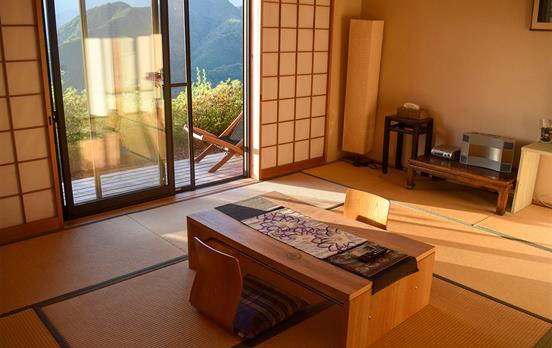

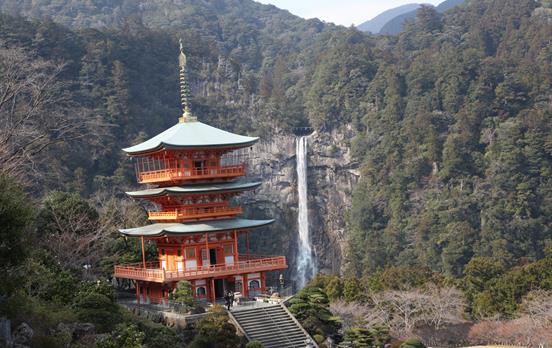
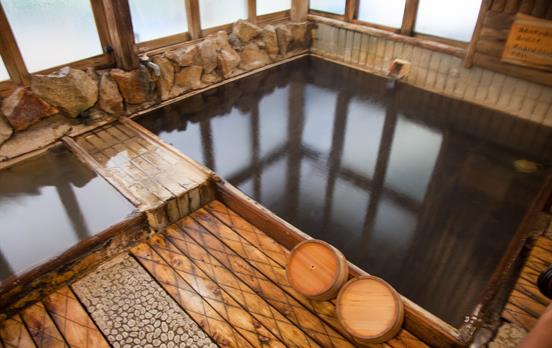
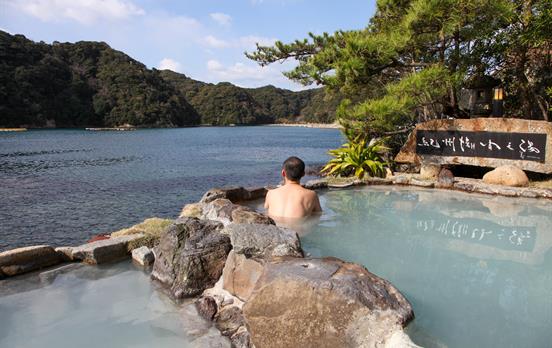
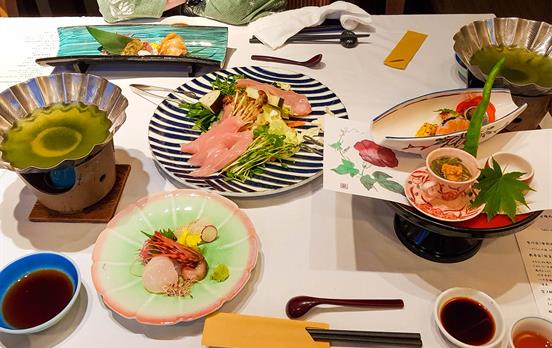
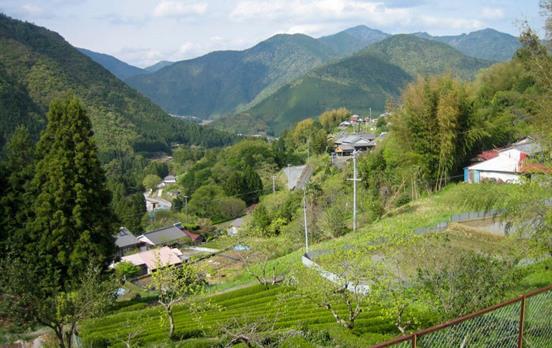
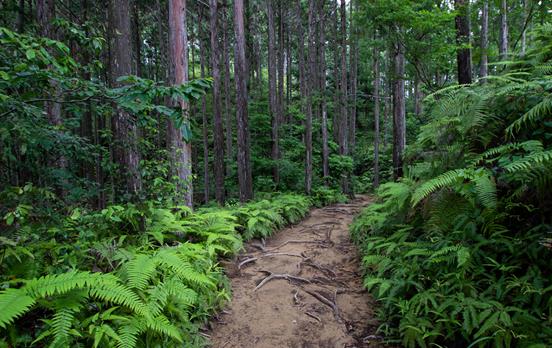


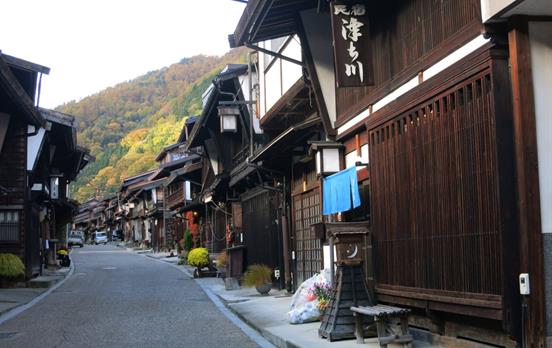
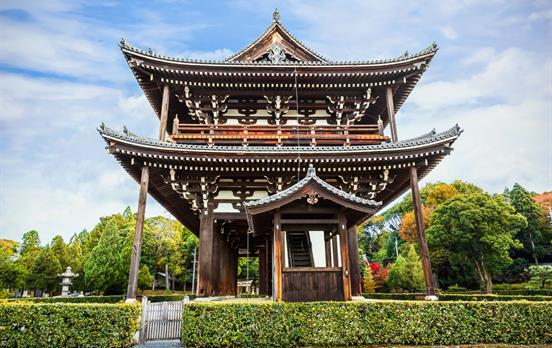
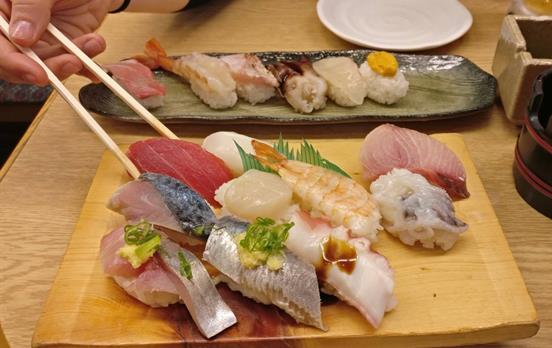

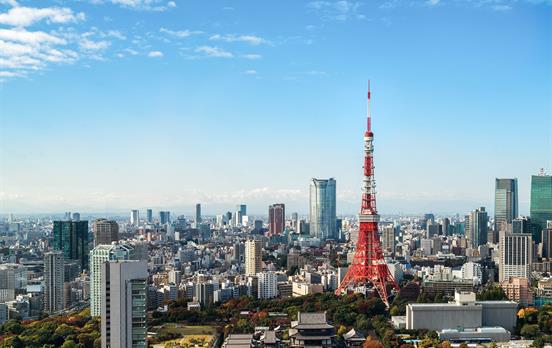
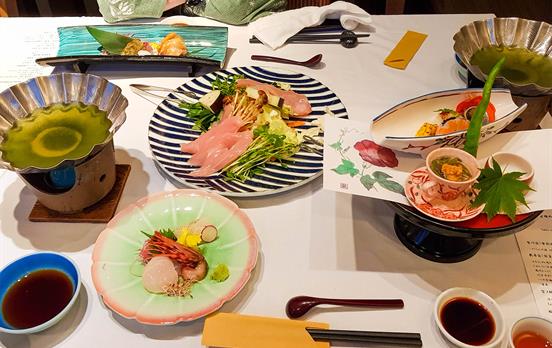
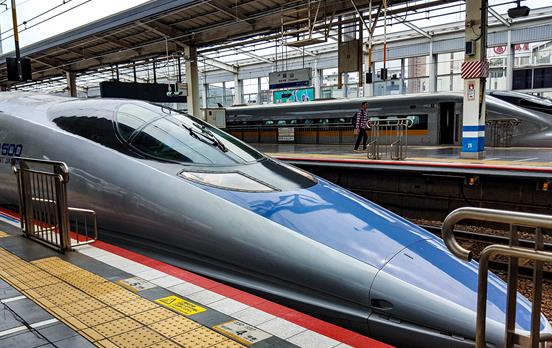
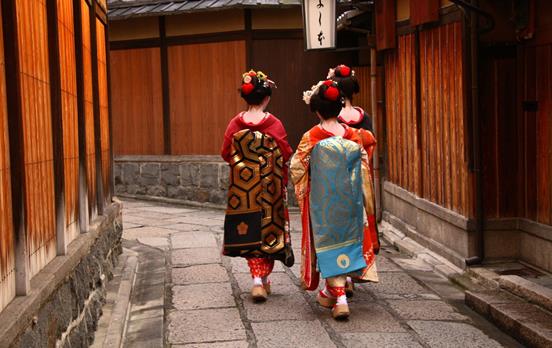
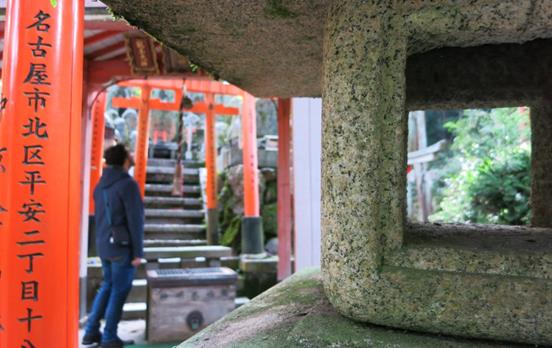


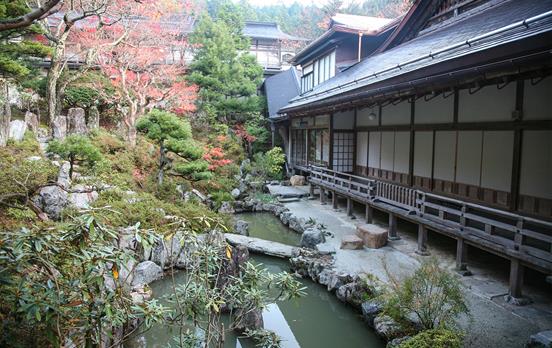
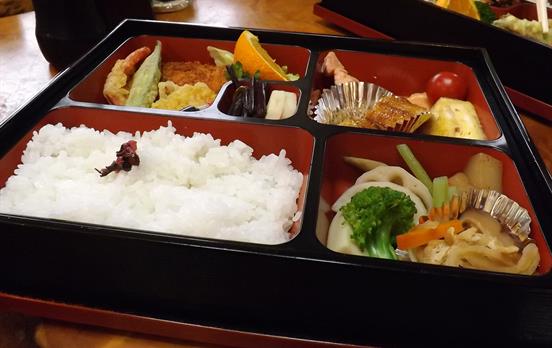
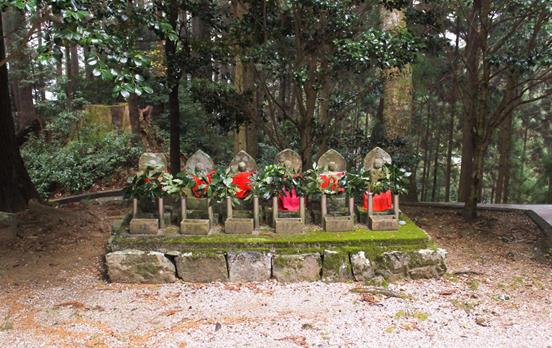

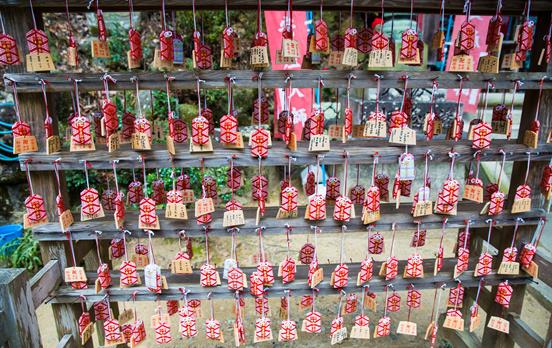

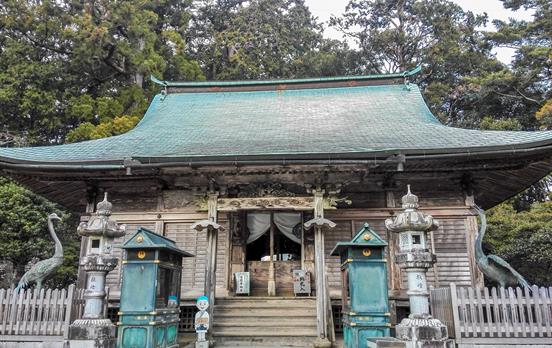
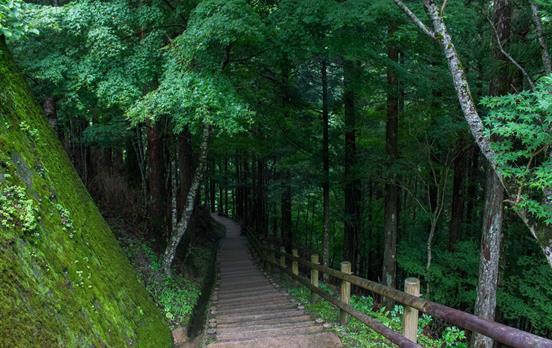
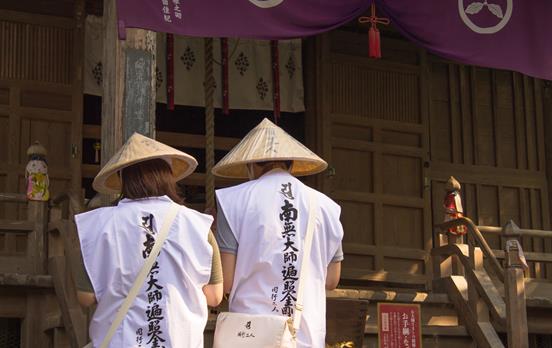

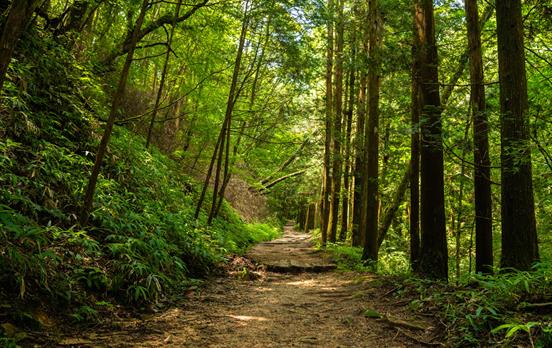
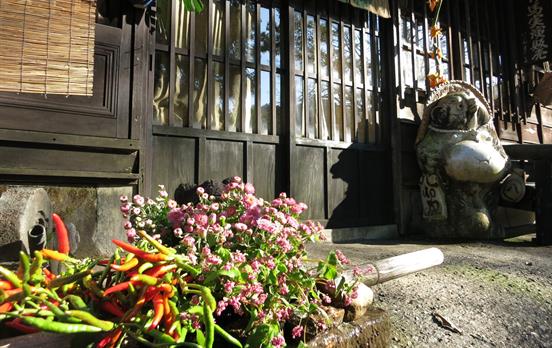
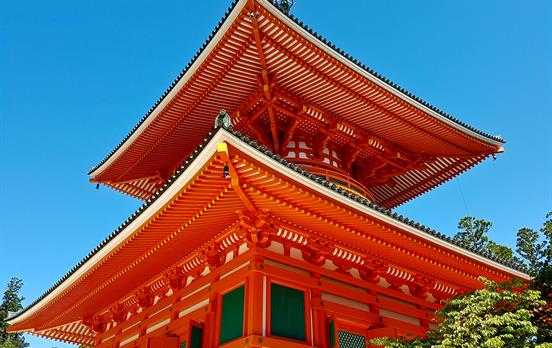
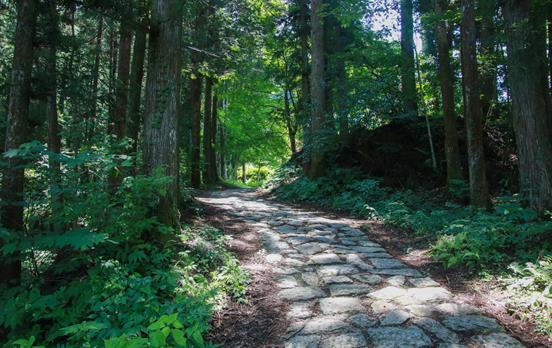
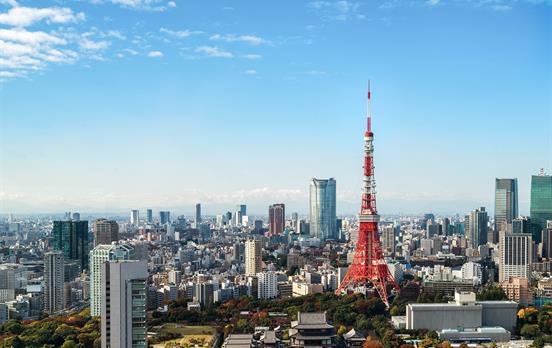

 Canada
Canada